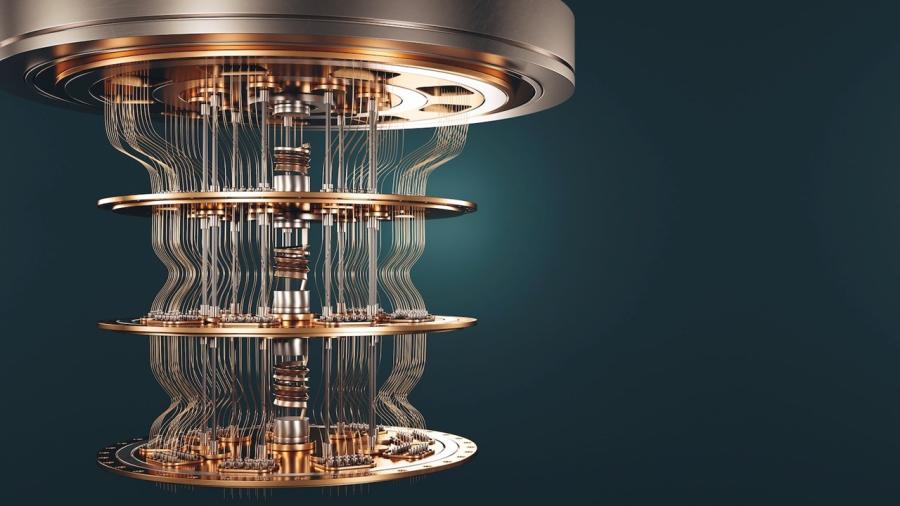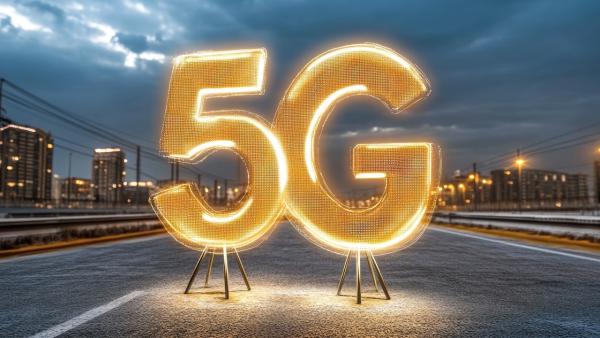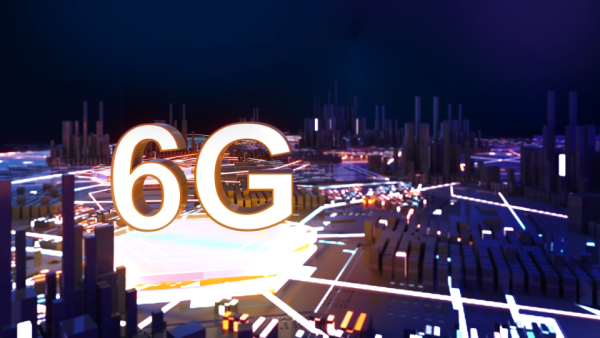Written by Martyn Warwick

The hype swirling around quantum technologies is focused almost entirely on quantum computers. It’s easy to see why: The “classic” upside-down chandelier-shaped devices are things of beauty in themselves and have captured the public imagination. With good reason they frequently feature in popular culture and in science fiction books, films and TV programmes. Quantum computers are also interesting and attractive to the general public because of the mysterious and seemingly magical way that they can initiate and manipulate quantum states to provide, in a matter of seconds or minutes, solutions to problems that would take an orthodox supercomputer many years to resolve.
However, there is another important quantum technology having an impact on the world – quantum sensors. As yet, they are little mentioned in the mainstream media despite working commercial examples having been around for half a century. For example, did you know that MRI (magnetic resonance imaging) scanners are quantum sensors? They work by tracking changes in the magnetic spin of single hydrogen atoms to build up an image of the inside of a human body.
Work on improving quantum sensor efficiency and utility is proceeding at pace, mainly because they have huge potential to be applied in a wide range of sectors, including communications technology, positioning systems, healthcare, transport, atomic clocks, geophysical research, prospecting for minerals and other natural resources, seismology and, of course, in military applications such as quantum radar and sonar.








